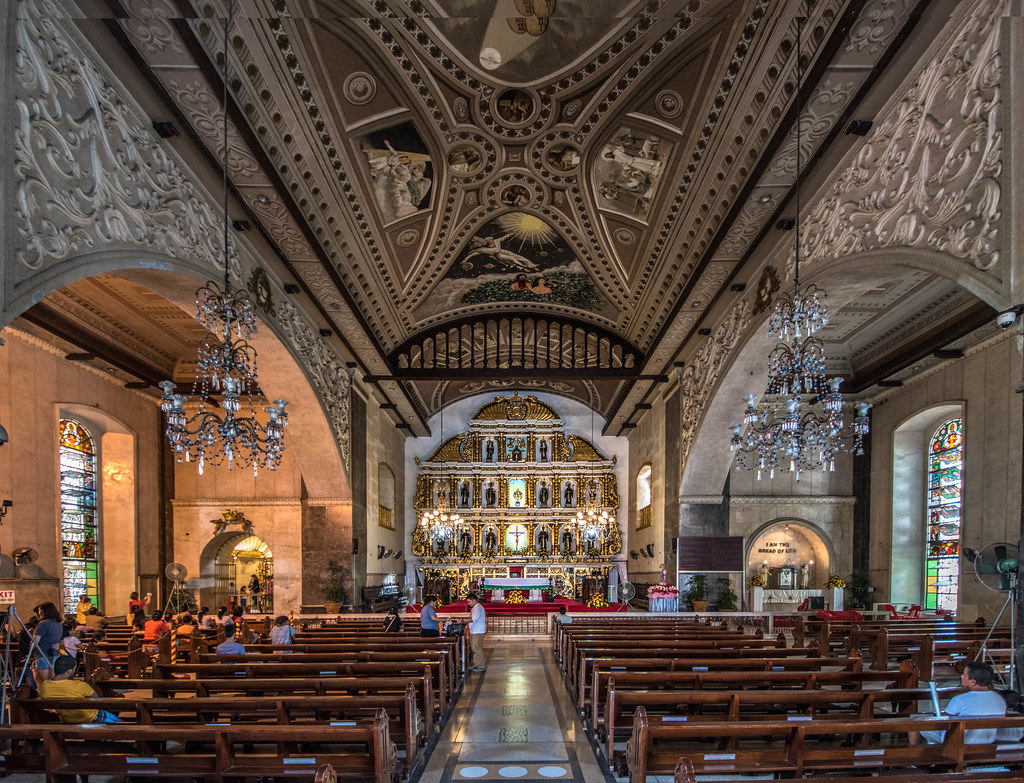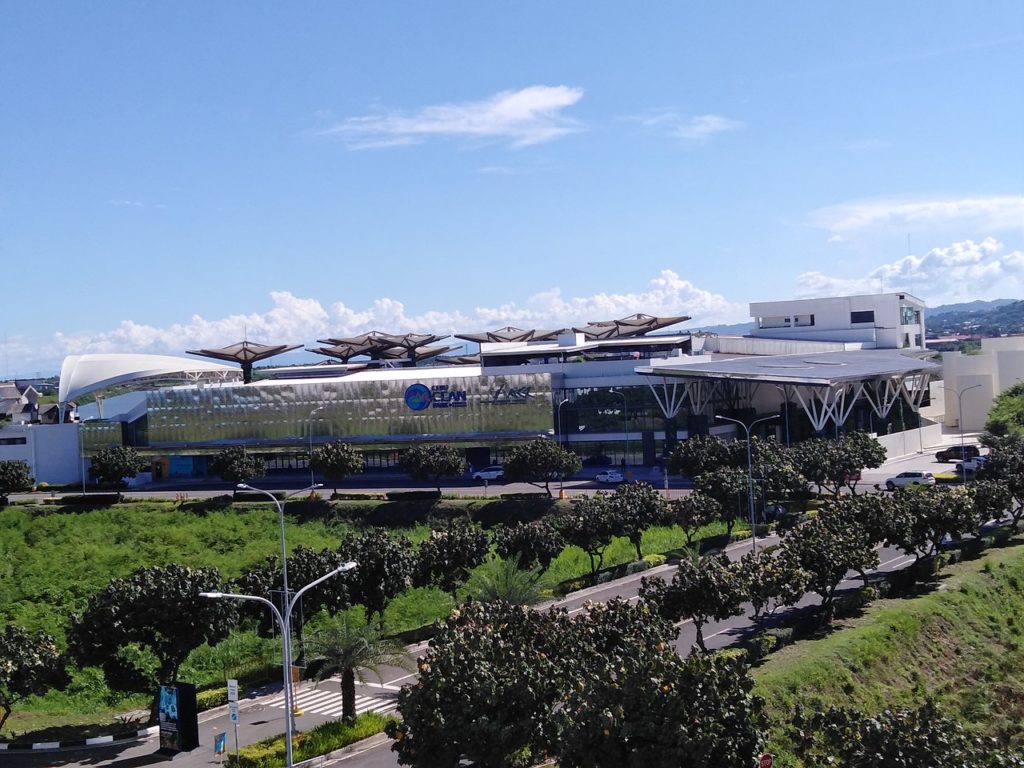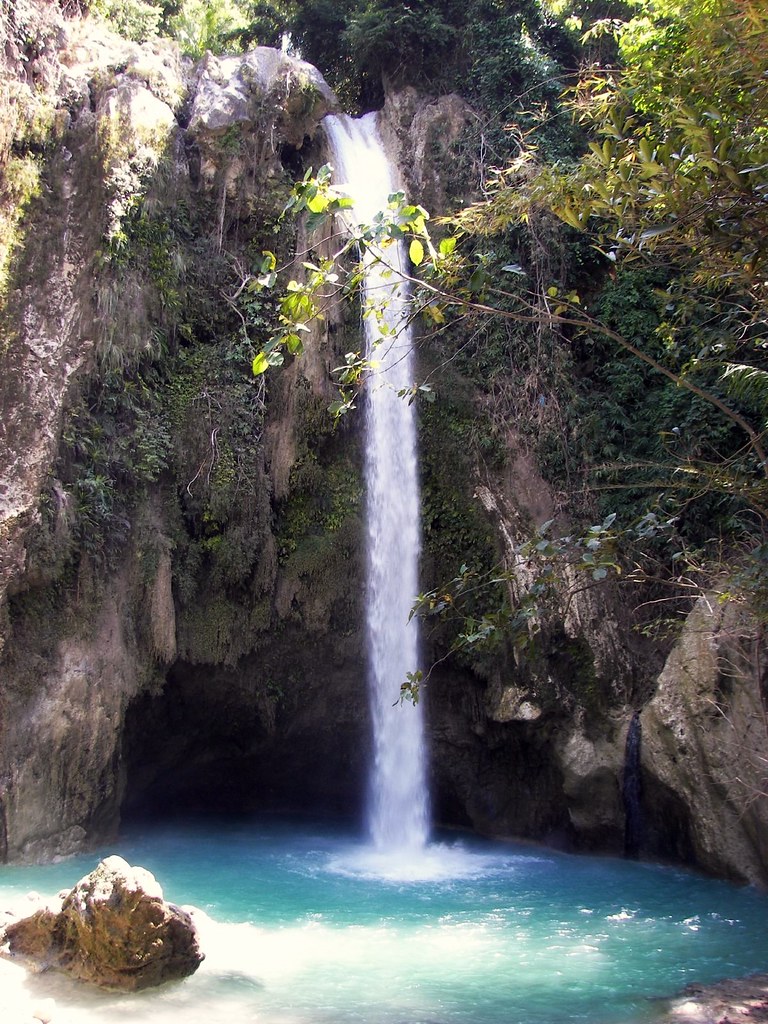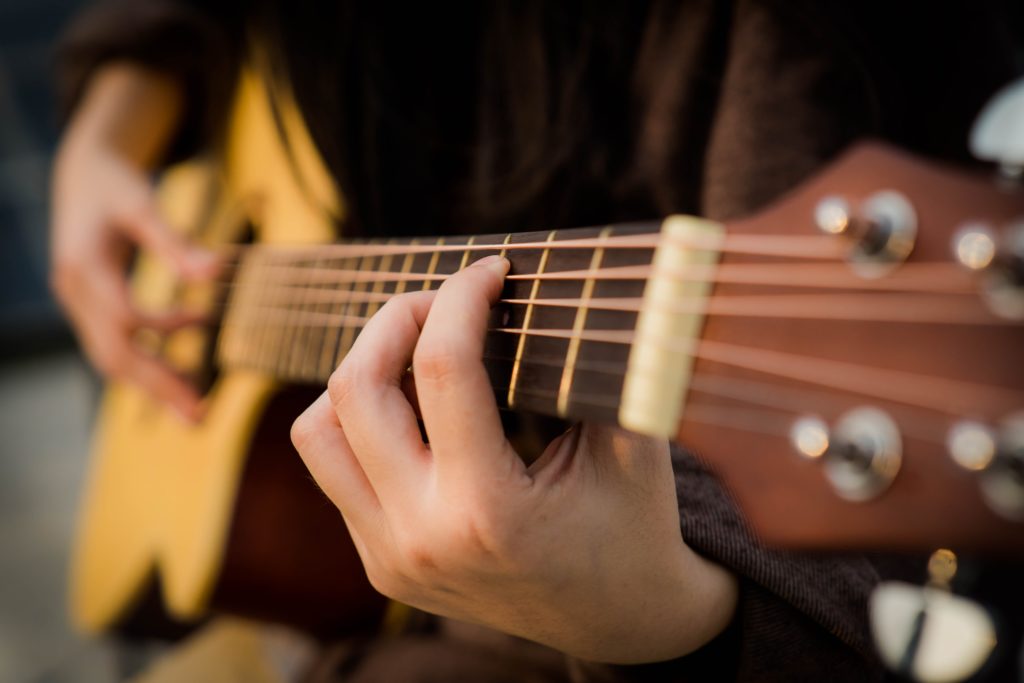But even before the arrival of the conquistadors, Cebu was already a thriving hub for maritime trade under the Rajahnate of Cebu. In fact, the name Cebu is said to derive from sibu or sibo, an old Cebuano word meaning “trade”.
Today, much of Cebu’s prosperity is still attained through commerce, and its bustling capital is the jumping-off point for travellers keen on exploring the city’s rich heritage and surrounding natural beauty.
Soak up heritage
Basilica Minore del Santo Nino, erected in 1565, is the first church to be built in the Philippines.
It houses the country’s oldest religious relic, the Santo Nino de Cebua, a Flemish statuette of the Christ Child that dates back to Magellan’s time. The statuette is the centrepiece of Cebu’s largest annual event, the Sinulog Festival.
 Next to the basilica is Magellan’s Cross Pavilion, which houses a large wooden cross believed to have been planted on Cebu’s shores by Ferdinand Magellan in 1521.
Next to the basilica is Magellan’s Cross Pavilion, which houses a large wooden cross believed to have been planted on Cebu’s shores by Ferdinand Magellan in 1521.
The ceiling of this quaint chapel is adorned with a mural depicting the moment, as well as the baptism of the Rajah of Cebu, Rajah Humabon.
Half an hour away in Lapu-Lapu City, you’ll find the Mactan Shrine, built on the spot where the Battle of Mactan took place. This monument – an imposing 20-metre tall statue of national hero Lapulapu – pays tribute to the Mactan chief who fought Spanish colonisation.
Spend the day at Cebu Ocean Park
If your kids are too young to snorkel, or if you have a fear of deep water, you can still appreciate the underwater world at Cebu Ocean Park.
This sprawling park has 12 immersive attractions spread across three floors, including sections dedicated to coral reefs, a stingray interaction area and an outdoor jungle trek where you can learn about freshwater fish and their habitats.

One of the biggest crowd-pullers is the deep tank lagoon, the country’s deepest aquarium that boasts an underwater walkway with 360-degree views of waters inhabited by sea creatures such as fishes, sharks and stingrays.
Fans of birds, insects and reptiles won’t be disappointed either, as there are whole galleries dedicated to these creatures too.
Chase waterfalls
There are over a hundred waterfalls scattered across Cebu island that vary in size, height and accessibility, but all are equally spectacular.
Some of the most popular include the beautiful 30-metre high Inambakan Falls and the tranquil Lusno Falls, a local favourite with waters that stream over rounded sandstones.
 For a waterfall where you can chill out and swim, Cambais Falls in Alegria won’t disappoint. A relatively easy 20-minute trek will lead you to a cascading limestone fall enveloped by a canopy of trees and jungle vines.
For a waterfall where you can chill out and swim, Cambais Falls in Alegria won’t disappoint. A relatively easy 20-minute trek will lead you to a cascading limestone fall enveloped by a canopy of trees and jungle vines.
Admire the surrounding natural beauty while taking a cool, relaxing dip or enjoy the therapeutic feeling of water flowing down your back.
Tour a monument of love
Temple of Leah – often nicknamed the “Taj Mahal of Cebu” – is a palatial Greco-Roman structure perched atop a hill in Barangay Busay, 45 minutes from the city centre.
Built in 2012 by Teodorico Adarna as a testament to his love for his late wife of 53 years, Leah Villa Albino-Adarna, the monument is adorned with granite Doric columns, life-sized Grecian and Roman gladiator statues, grand chandeliers hanging from vaulted ceilings and marble floors.

There are 24 chambers in this grandiose mansion that contain a library, museum and art gallery housing all of Leah’s belongings, from Persian carpets and antiques to books collected on her travels.
The highlight is the regal 3-metre tall golden statue of Leah, flanked by angels with a brass plate spotlighting her crowning as the matron queen of her alma mater, the University of Southern Philippines Foundation.
Be a rockstar
Lapu-Lapu City, just a 5-minute drive from Mactan-Cebu International Airport, is where you’ll find some of the world’s finest handcrafted guitars and ukuleles.
The tradition of crafting guitars here stretches back centuries to colonial times when Spanish friars needed the help of local villagers to repair and replicate their guitars.
 These string instruments are made from local woods such as acacia, mahogany and mango, and take days to build by hand.
These string instruments are made from local woods such as acacia, mahogany and mango, and take days to build by hand.
You can observe these highly skilled luthiers at work in some of the more renowned shops like Alegre Guitar and The New Susing’s Guitar.
According to airasia.com













